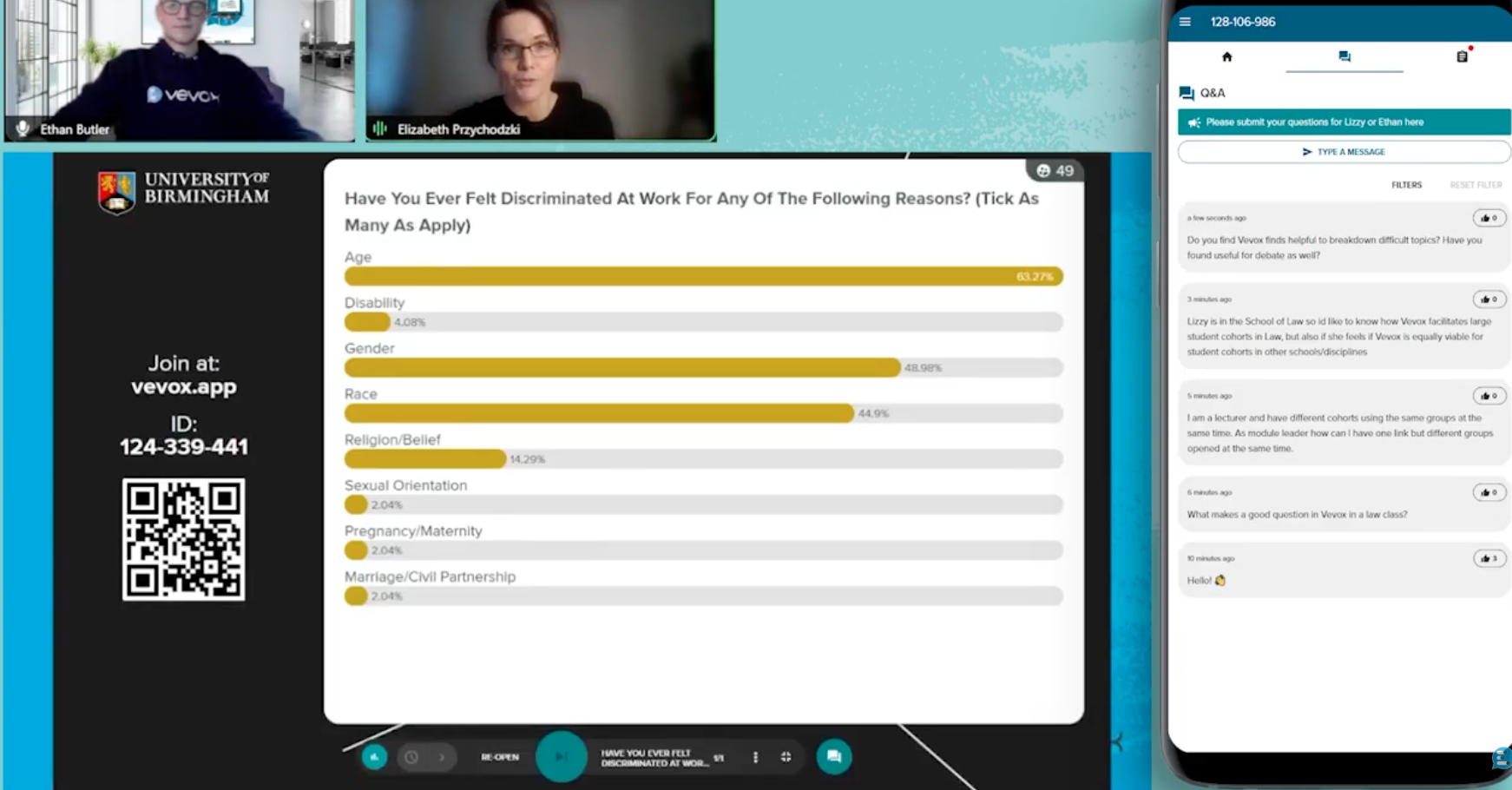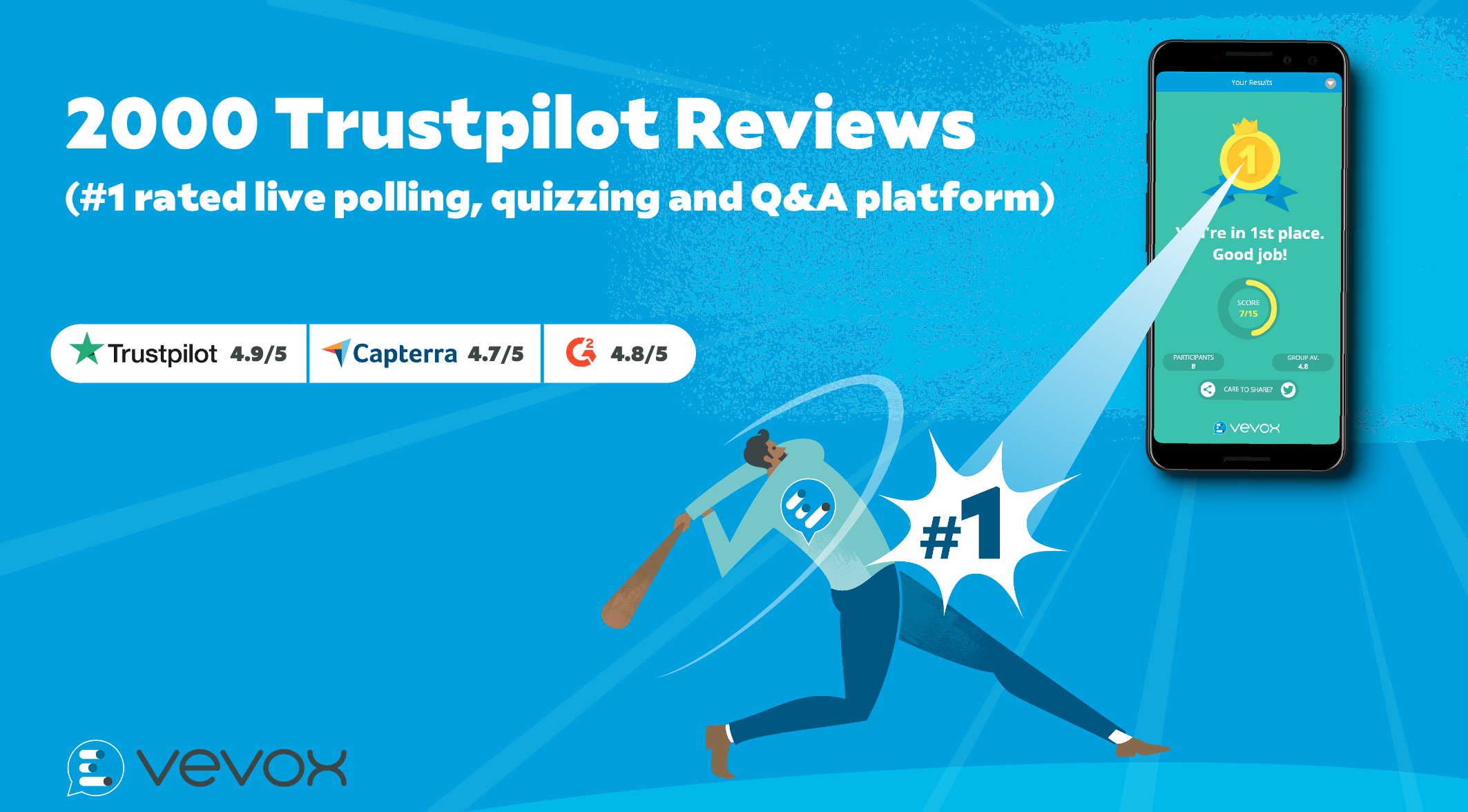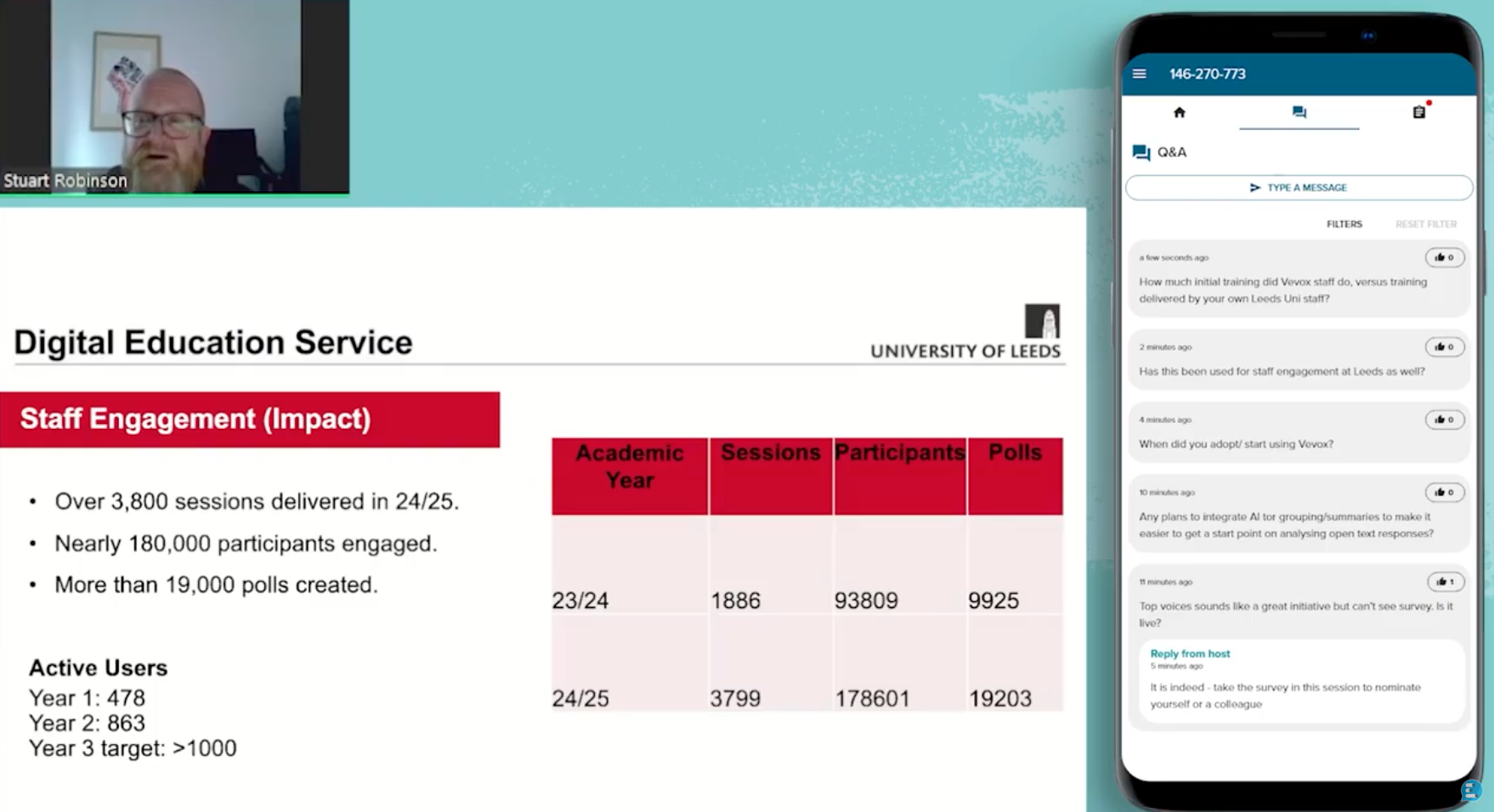Introduction
Disengaged employees are a drain on your organization. They use up resources and spread negative energy. They also create a sense of mistrust and resentment among the rest of your staff, causing them to disengage as well. In fact, research shows that disengagement is contagious—if one employee is unhappy at work and never talks about it, another employee can pick up on their unhappiness unconsciously (which makes them feel bad too).
What is the great resignation?
The great resignation is a phenomenon where an employee resigns due to boredom and discontent. Employee disengagement occurs when an employee doesn’t feel engaged with their job or the organization they work for. Employee disengagement can lead to higher turnover rates, low productivity and absenteeism; all of which affects the bottom line of your company and can cause damage to your brand as well.
The costs of the great resignation
The costs of losing employees, disengaged employees, and disengaged customers are well documented. They include:
- Increased turnover
- Reduced productivity
- Increased absenteeism and presenteeism (being physically present but not mentally engaged)
- Decreased customer satisfaction with products and services
Early symptoms of workplace disengagement
Now that you've learned what disengagement is and how it can affect your business, let's look at some early signs of employee disconnection. These signs are often subtle, but they're also very important because they indicate that an employee is not happy in their job.
-
Low productivity - This doesn't mean that an employee needs to be working 100 hours per week; it simply means that they aren't producing enough work or squeezing every possible drop of effort out of their day.
-
Low morale - You should be able to see this in the way your team members interact with one another and with customers. If there's any tension between employees or if they're constantly complaining about one another, this could be a sign of low morale. It's also worth noting whether people are smiling when interacting with customers as opposed to frowning or looking like zombies! Also encourage employees to get outdoors, take breaks from work and encourage outdoor hobbies like walking or wild dipping so they can benefit from fresh air!
-
Low engagement - Engagement refers to how engaged your employees feel about their work environment, which includes everything from the physical space where they work (elevators? coffee machine?) all the way down through management policies (does management listen?). If engagement levels are low then overall performance will suffer as well.
Common causes of employee disengagement
-
Employee boredom
-
Lack of recognition
-
Lack of support
-
Job dissatisfaction
-
Lack of career development
How to combat the great resignation?
So, what can you do to combat the great resignation?
The first step is to recognise that employee engagement is a top priority. Engagement is the difference between being a good company and being an amazing company, so it’s important that you invest in it. You should be measuring and tracking your employees’ levels of engagement regularly and frequently so that you have time-stamped data on how they improve or decline over time. If they decline over time, there’s something wrong with your onboarding process, culture or leadership style (or all three!).
What else can you do? Well for one thing: stop making excuses! There are always reasons why people leave companies—and sure sometimes those reasons seem legitimate—but more often than not we find that simply improving the overall experience for employees makes them feel better about their jobs and reduces turnover costs significantly by lowering turnover rates without affecting productivity at all.
Promote engagement every day and in every way
If engagement is not a one-time event, then how do you keep it going?
Engagement is not a one-time conversation, but rather an ongoing dialogue that can take place across multiple platforms and mediums. For example, you might be having a discussion about employee engagement at your next staff meeting or training session. If so, consider creating an online forum where employees can continue the dialogue well past the meeting's end. Or maybe you're creating an employee handbook with information about benefits policies and other important details; include questions at the end of each section to help guide people through the process of understanding what they've read and learned. You could even create an app that allows employees to check in on their own progress toward achieving goals set out by HR or management!
Celebrate work anniversaries
-
Celebrating work anniversaries is a great way to celebrate your team’s success and loyalty. It shows the people on your team that you care about them as individuals, and it builds trust in management. If you do it right, celebrating work anniversaries can be a great way to build rapport between employees and management.
-
Your company may have other milestones that are important to celebrate, such as an anniversary of its founding or the launch of a new product line. These events will likely come up more than once per year, so make sure you give yourself time to plan ahead for these occasions!
Host team building activities
Team building activities are a great way to bond with your colleagues and help you to work better together. They can also build trust among the team, which is essential for creating a strong culture of collaboration.
Without employee engagement, you will lose your best people
When an employee leaves a company, there is a cost to the business. The longer an employee works for you, the higher that cost becomes.
Let’s start with the obvious: money. When someone who has been with your business for years leaves, you have to pay those months of wages and benefits that they earned while working there. You also have to pay someone else to do their job in their absence — this is called “recruitment costs” or “interim management fees". You may have some training costs associated with getting that new person up-to-speed on what he or she needs to know about your organisation, which could include things like technical skillsets or cultural norms (like how often employees dress up on Fridays). If it takes more than one person to fill in for him/her during training sessions, then those additional recruitment and interim management fees will add up quickly!
There are other internal factors as well: disruption of workflow; lost productivity; innovation; customer service... The list goes on! These aren't just numbers floating around in space—they're real costs that affect your bottom line every single day when employees leave early because they're unhappy!
Conclusion
If you want to retain your top talent, you need to pay attention. If you don’t, you might find yourself facing a great resignation. The symptoms of disengagement can be hard to detect at first, but if your organization has been struggling with turnover or low productivity lately then it could be one of the first signs that something is wrong. Engage with your employees every day and in every way. Make sure they feel like their work matters and that they are making progress towards their goals whilst also celebrating in success and team anniversaries along the way!




